Whole Class Articulation Interventions
I’m trying something new this year. Very new. I’m approaching Kindergarten classes in the hall and telling them about the “Secret Sound”. You know. The sound in which you keep your tongue a “Secret”. And we are practicing. All of us. In the hall.
And then I took it one step further. I asked K teachers if they would like me to come in and teach a lesson about the “Secret Sound”. They all jumped at the idea and so I did a 30 minute speech lesson in each class. I do realize that technically Kindergarten students are a little young to be providing this intervention for, but I figured that I worked on /s/ with my own son when he was only 4. He was able to quickly correct his frontal lisp and has had no difficulties since. Why not start these kids early? Plus, “s” was the first phonics sound introduced by the Kindergarten teachers…. so it fit perfectly!
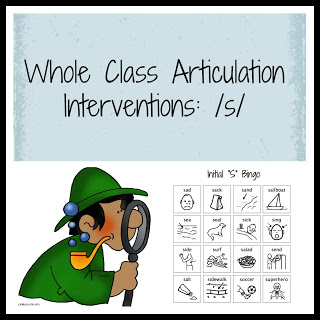
How to do a whole class “s” articulation intervention:
Materials:
Clip art of Secret Sound, Hissing Sound
Mirrors (optional)
Bingo boards for every student
Bingo markers (I used lots of colored pieces of paper cut into squares)
Bingo calling cards
Letter to be sent home to parents along with Tips for a Good /s/ (from Heard in Speech)
1. Begin at the carpet by introducing the “Secret Sound” with the “Secret tongue”. I showed examples of good /s/ and poor /s/.
2. Add a visual. I used the great free clip art by Philip Martin to show a good “Secret Sound” and “Hissing Sound”.


3. Thumbs Up/Thumbs Down activity. Kids gave me a thumbs up or thumbs down if I was using a good “Secret tongue for my Secret Sound”.
4. Mirror practice. Kids were told a word (and shown a visual) from the Bingo Game calling cards. They practiced saying the words 5 times in a mirror with their secret tongue.
5. Elbow partner practice. Kids turned to an elbow partner (they are practiced at this… I’m not sure how it would go if they were not) and said words. Partner gave them a thumbs up/down and then switched. Repeat for 5 words.
6. Give directions about how to play Bingo. Every word that I say, the kids should repeat using their own “Secret tongues”. Kids must get 4 in a row to yell out Bingo.
7. Hand out Bingo boards and dismiss kids to their table groups. Hand out squares to be used a bingo markers. Begin calling out /s/ words from the Bingo game, making sure that kids are practicing using secret tongues.
8. Collect all Bingo Boards and Markers. Pass out coloring sheet filled with /s/ sounds. I used a great /s/ scenes sheet from Linguisystems and asked the kids to say every /s/ word that they saw with a good “Secret Sound and Secret Tongue”.
9. Send kids home with a letter and tips sheet. The amazing tips sheet I sent home was a freebie here.
Here is a generic version of my letter:
Dear Kindergarten Parents Today I had the pleasure of coming into your child’s classroom and spending 30 minutes working with the entire class on “S” sounds. We sang songs, colored, looked in mirrors and played Bingo all focused around this sound.
We learned that a good “s” sound has a secret tongue—this means that your tongue should stay inside of your mouth and be a secret! No sticking out like a snake tongue. The “S” and “Z” sounds (actually made the same way, the only difference is whether your voice box is on or off) are usually developed between 3 and 8 years of age. Most Kindergarten students, however, can make a good “s” sound occasionally, if not consistently. Practice the “s” pages attached to this letter. If you feel that your child has some trouble with his/her sounds, then practice every day. If after several weeks of practice, you feel that progress is not being made, please contact me and I will do a speech screening. Thank you for helping your child’s speech development!
I asked the K teachers for their feedback on the lesson and they all had very positive reviews. They said they’d love for me to come in again. So next up…. “Look at that L!”
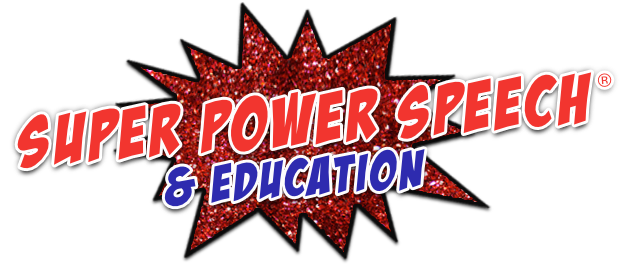
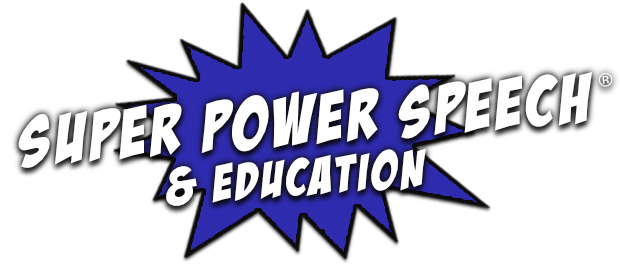
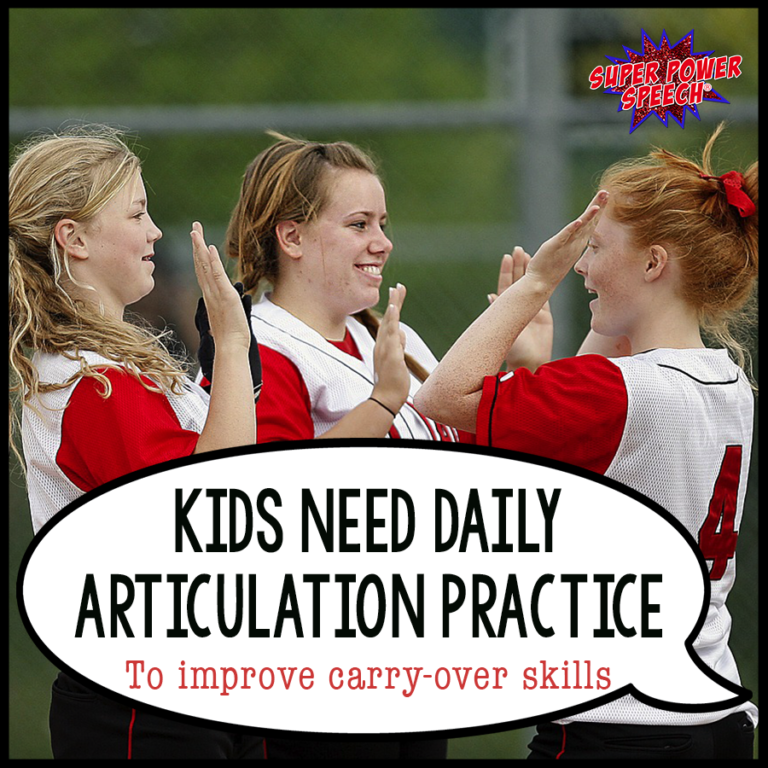
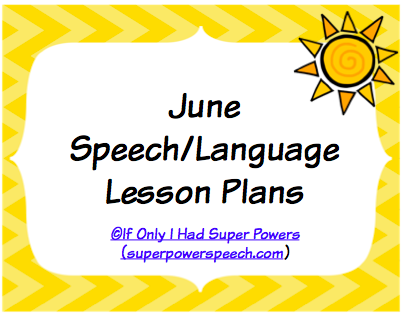
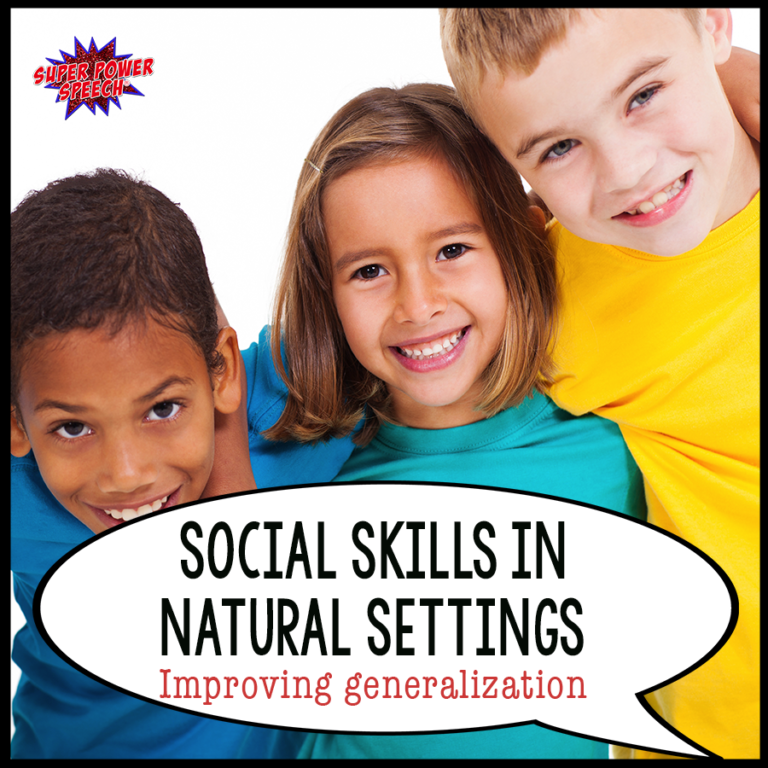
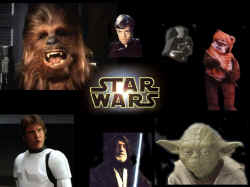

I am sure you get this question a lot but how do you have time to do this? Was it only one session with the students? I have 22 upcoming assessments and a caseload of 55+ a few RtI.
I would love to do more, but there are only so many hours…you rock!
@ Rachel: I did this lesson one time for 30 minutes in each K class (so 3 times total). There are times in my week when I am not allowed to pull students because of the Core and interventions and all of these changes. So that is when I did the lesson.
And 22 upcoming assessments???? That’s crazy!
I can’t wait to use this idea during the school year!
Oh, what a great idea to do this in the classroom! I love the Secret Sound! Thankyou!
Great idea! We have one K teacher at our school who has been incorporating common speech sounds that are in error in a quick lesson in her day. She talks about how to make the sounds, etc. This would be great to share with the K team!
This looks very interesting!
I sometimes work with young children on communication
skills…..articulation, projection, expression etc..
Do you know of other resources for teaching K through 3rd
grade children, skills such as these?
Clearly you are Creative!
Thanks so much, Connie
I actually use this with 2 second graders but it is difficult because they struggle to read. There are tons of great resources on TpT if you look around!